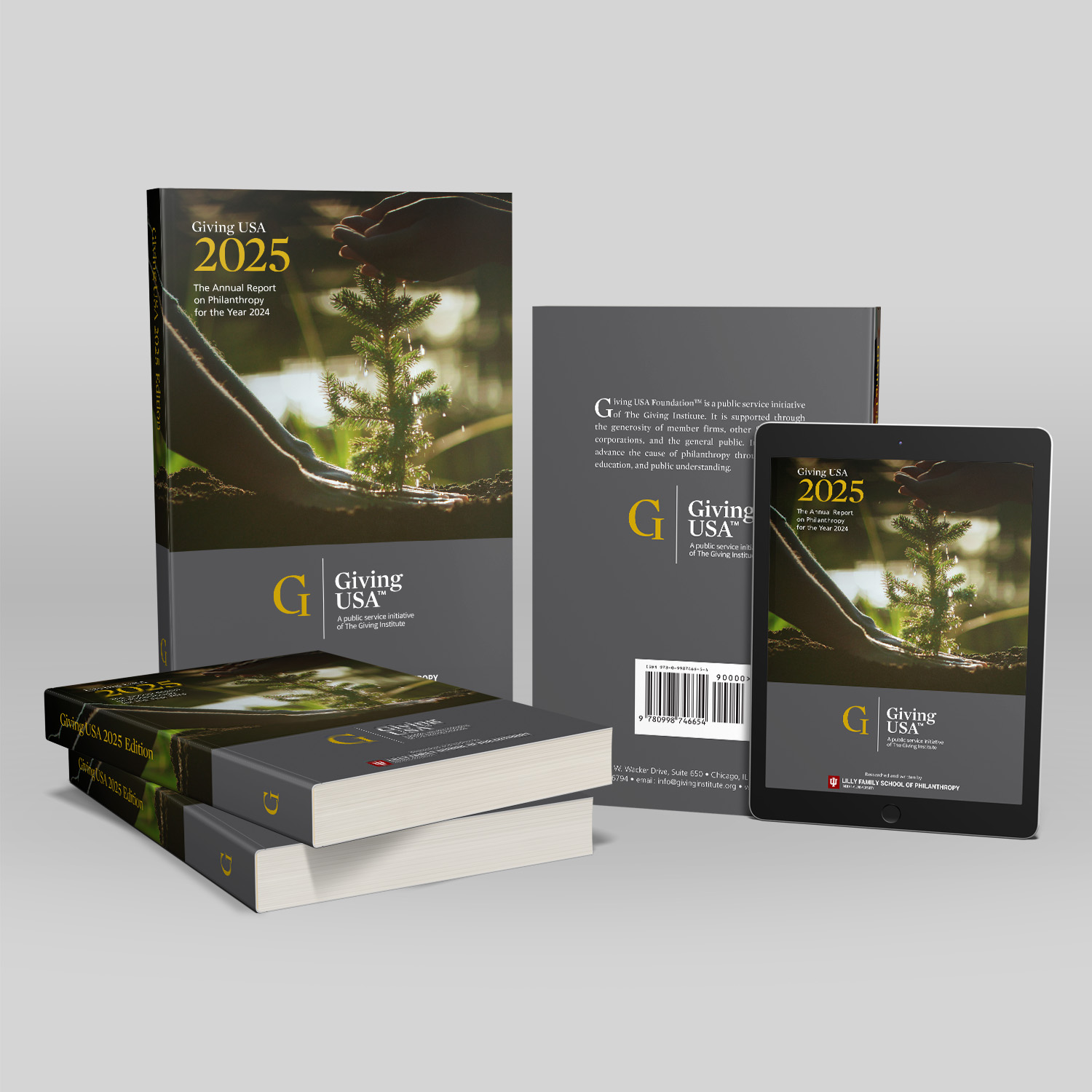
 By Sarah Tedesco, Executive Vice President, DonorSearch
By Sarah Tedesco, Executive Vice President, DonorSearch
Tracking just a handful of useful metrics at your events will help refine nearly every aspect of how your nonprofit interacts with its supporters. Your fundraising events can and should serve multiple purposes!
Most importantly, this includes identifying prospective major donors within your list of registered attendees. You already work to develop relationships with prospects, but you should constantly strive to streamline the identification process.
After all, prospect identification can be time-consuming process without some smart guidelines in place. Focus on these data points to sharpen your accuracy:
- History of charitable giving
- Political contribution history
- Preferred communication channels
- Participation with other nonprofits
- Professional history and network
- Other wealth indicators
Your fundraising events represent major learning opportunities. Refine your prospect identification by researching or soliciting important information about your attendees!

As one of the most important metrics in donor prospecting, giving history is a surefire way to identify individuals with the proven desire and ability to support nonprofits.
There are two effective strategies for screening your event attendees for this data:
- Use a prospect research database to identify the giving histories of your attendees beforehand.
- Use a prospect generator tool to search donor lists of nonprofits with missions similar to your own. Cross-reference these to identify attendees and prospects who will seriously support your mission.
Check out our prospect generator tips on the DonorSearch blog for more ways to use these tools!

As often overlooked but extremely valuable metric, political contributions indicate a prospect’s willingness to financially back up their values.
Build your prospecting strategies around political contributions if your nonprofit:
- Is starting a capital campaign for a major project.
- Is deeply cause-based and/or socially conscious.
- Has explicitly stated political positions.
This metric gives you a fuller sense of prospects as individuals. You already know what causes move them, but what social or political issues motivate them, too?
Political contribution history isn’t data that you’d typically solicit from event attendees, but there are search tools and prospecting services that can help.

Knowing the best way to contact a prospective donor goes a long way to developing that relationship in the future. Try to collect this information from all of your donors and registered event attendees.
They might prefer to be contacted via:
- Direct mail
- Phone calls
- Text message
- In person at meetings or events
You can also analyze your records to identify communication methods that generate the most responses.
Remember, communicating with prospects in a way that doesn’t work for them can mean they’ll miss your message or even feel pestered.

Participation in nonprofit activities is a great indicator of an individual’s willingness to provide greater support because it reveals commitment beyond writing a check.
Ask your attendees to provide some information, and look for indicators like these:
- Volunteer work in major nonprofit projects or fundraising campaigns
- Service on a nonprofit’s or institution’s board of directors
- Experience hosting peer-to-peer fundraising campaign pages
Use this information to quickly identify individuals who have the time and desire to support your work
Plus, your prospect might already have connections with another nonprofit with which you’ve partnered in the past!

Researching the professional histories of any attendees who prove themselves to be particularly generous is a smart move.
This will reveal some useful information about your prospects, including:
- Rough giving potential. A prospect’s line of work and job titles can roughly indicate their giving potential and help to immediately focus your research.
- Potential for corporate support. Generous donors who work for generous companies are a huge opportunity for nonprofits. Check out 360MatchPro’s rundown of top corporate philanthropy programsfor more info!
- Networks and connections. Maybe a current donor and your new prospect were colleagues in the past. Finding human connections is a great development strategy.
These insights can make a crucial difference as you begin to narrow down your prospect list and focus your efforts after a major fundraising event.

Traditional indicators of wealth are always useful, although rising costs of living in major cities have required some strategy adjustments to make up for inflated markets.
Some dependable wealth marketers to research about your prominent attendees include:
- Real estate
- Business ownership
- Major physical assets
- Financial investments
These indicators are great for gauging more than giving potential, too.
An individual who owns a large home and a business with its own building is likely to care a lot about the social and economic health of that community, particularly when government policies and tax codes seem to fluctuateevery day.
Fundraising events are a perfect opportunity to hone your prospecting skills. Research attendees beforehand to make solicitations during the event, then do more research later on guests who were especially generous.
Using data and specialized data tools to drive your prospecting is the best investment your nonprofit can make in it’s ability to grow and pursue and its mission!
About the Author
Sarah Tedesco is the Executive Vice President of DonorSearch, a prospect research and wealth screening company that focuses on proven philanthropy. Sarah is responsible for managing the production and customer support department concerning client contract fulfillment, increasing retention rate and customer satisfaction. She collaborates with other team members on a variety of issues including sales, marketing and product development ideas.


